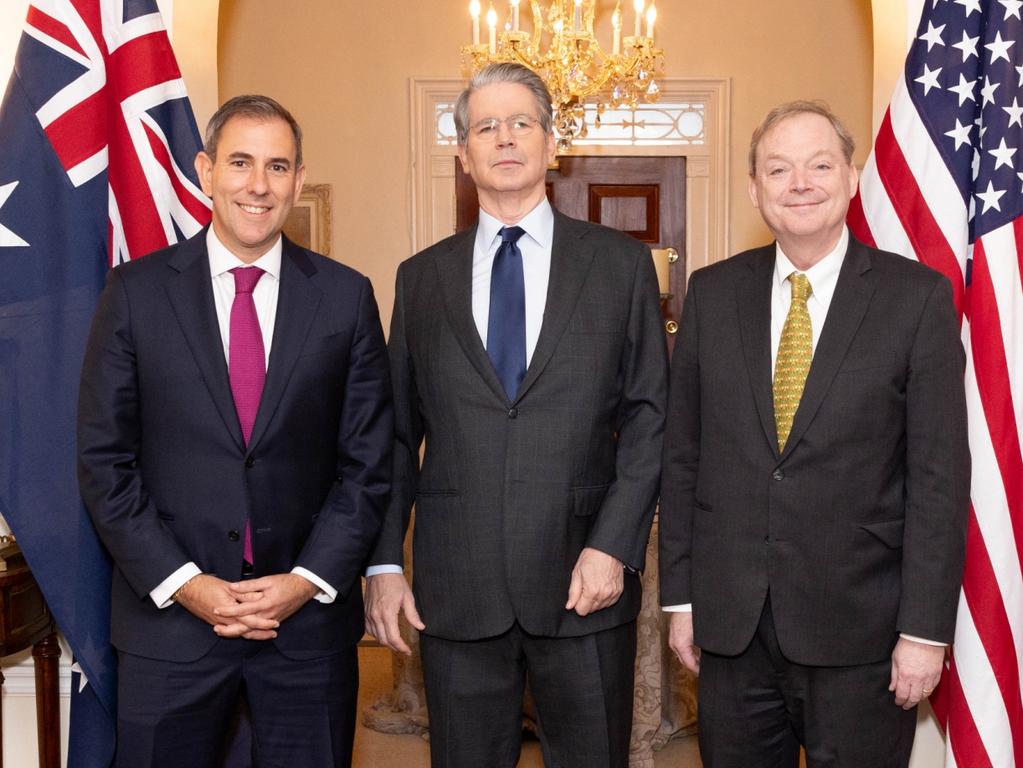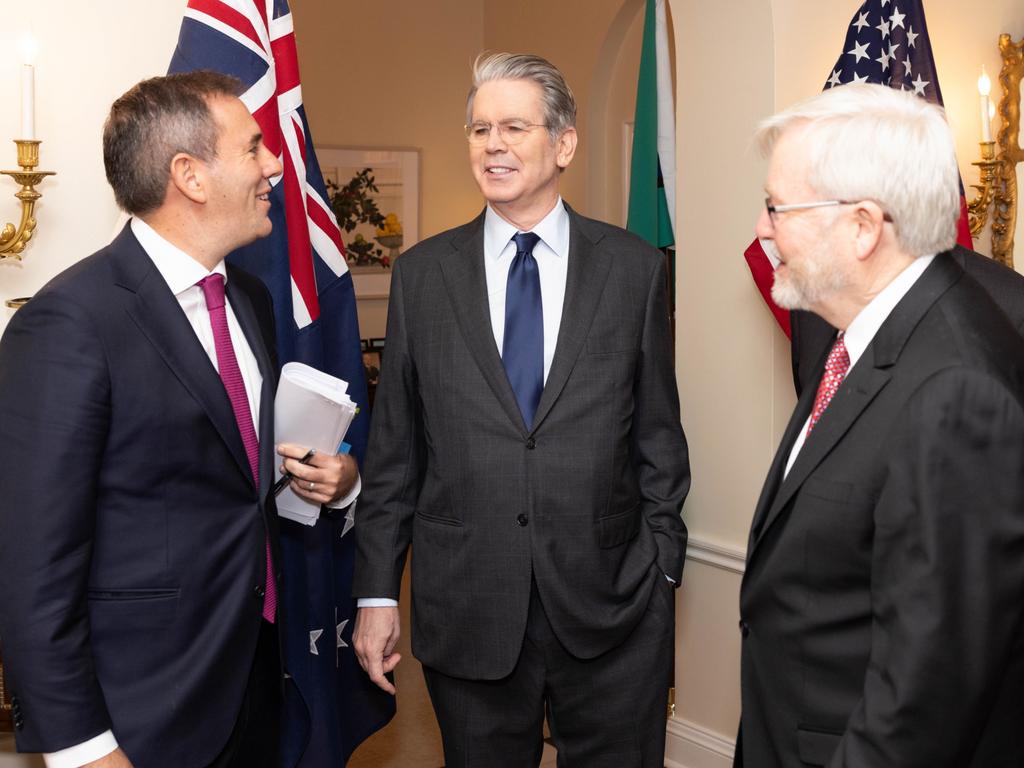Donald Trump plans another 10 per cent tariff on products from China
The US will next week impose an additional 10 per cent tariff on imports from China over its role in the fentanyl trade, President Trump said, doubling up on additional tariffs placed earlier this month.

The US next week will impose an additional 10% tariff on imports from China over its role in the fentanyl trade, President Trump said.
The move, slated to take effect Tuesday, doubles up on the previous 10% additional tariff Trump placed on Chinese products earlier this month.
In a post Thursday on his Truth Social platform, Trump reinforced his threat to impose 25% tariffs on products from Canada and Mexico, saying the U.S. neighbors hadn’t done enough to curb drug smuggling to win another delay for those duties. The administration had postponed the Canada and Mexico tariffs for 30 days at the beginning of February to allow for negotiations.
“[T]he proposed TARIFFS scheduled to go into effect on MARCH FOURTH will, indeed, go into effect, as scheduled,” Trump said. “China will likewise be charged an additional 10% Tariff on that date.” The announcement came a day after Trump appeared to hint that the Canada and Mexico tariffs could be delayed again, telling reporters that they were scheduled for April 2. But the White House backed off those comments, saying a decision hasn’t yet been made on whether to give another reprieve to the North American nations.
Trump’s initial tariff threats set off a flurry of negotiations on how to avoid the duties, with Mexico committing troops to the U.S. border to curb migration and Canada setting up a fentanyl task force. But the president “isn’t seeing the progress” that he wants on fentanyl, an administration official said Thursday.
China responded to the first round of U.S. tariffs with retaliatory duties of its own and is likely to do so again when new U.S. duties are imposed. While the National Security Council is in contact with major foreign partners such as China, there haven’t been intensive negotiations on how to avoid the tariffs, said the administration official, and reductions in tariffs would likely hinge on Trump seeing fewer fentanyl overdose deaths in the U.S.
Mexican cartels making bootleg fentanyl, often with China-sourced precursor chemicals, are the major source of the potent opioid that has caused a U.S. public health crisis. There is also evidence that the deadly drug is increasingly manufactured and exported from Canada, though numbers remain small compared with Mexico.

The most recent federal data show fatal overdoses killing roughly 240 people every day.
At the same time, these numbers are declining quickly. Preliminary data show about 86,900 fatal overdoses in the 12 months ended last September, down 24% from the prior 12-month period. The driver is a roughly 31% decline in deaths linked to synthetic opioids, the drug class that largely includes fentanyl.
U.S. overdose deaths have largely gone in one direction -- up -- for decades, and a decline of this size is unprecedented.
So far, Beijing hasn’t made an offer to the Trump administration that can show a stepped-up commitment to reducing China’s exports of chemicals used to make fentanyl, according to people close to Beijing’s decision-making. The people said a lack of offer from China on fentanyl was a reason why no direct conversation had yet taken place between Trump and Chinese leader Xi Jinping.
Liu Pengyu, the spokesman at the Chinese Embassy in Washington, defended China’s record in fighting drug trafficking. “China calls on the U.S. to correct its wrongdoings, maintain the hard-won positive dynamics in the counternarcotics cooperation, and promote the steady, sound and sustainable development of China-U.S. relationship,” Liu said.

Unlike Canadian and Mexican leaders, Xi has shown little interest in focusing solely on a deal about fentanyl, the people said. Rather, he aims to negotiate a broader agreement with Trump that could define the tone of bilateral relations.
In a bid to prepare for trade talks with the Trump administration, The Wall Street Journal reported early this month, Beijing has been trying to put together an initial proposal that involves reinstating a trade agreement signed with the first Trump administration in early 2020, a renewed pledge not to devalue the yuan to help its exporters, and an offer to make more investments in the U.S. But Xi has yet to make that offer, the people said.
For now, Beijing thinks it can handle the 10% additional tariffs. The levies have raised the average duty rate on Chinese imports to 24.5% from about 14.5% as of 2023, according to Gavekal Dragonomics, an economic-consulting firm. Chinese companies have already proven adept at evading U.S. tariffs by rerouting their products through other countries.
The Wall Street Journal





To join the conversation, please log in. Don't have an account? Register
Join the conversation, you are commenting as Logout